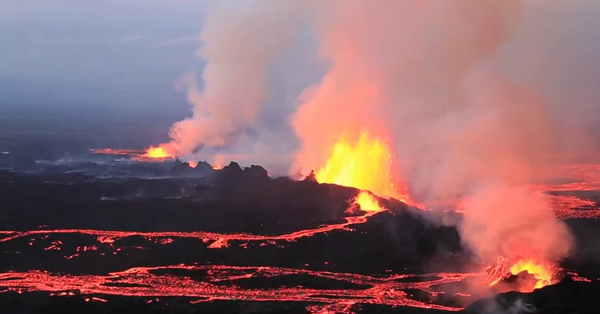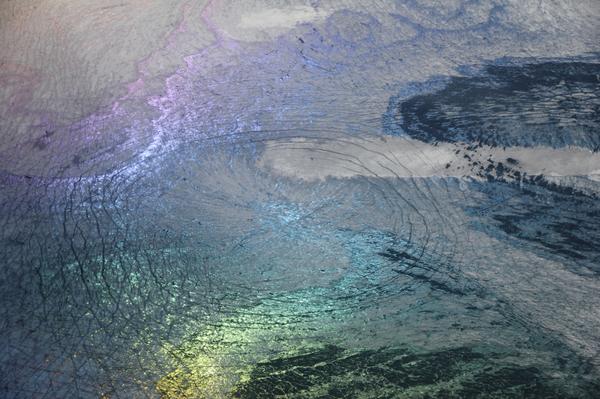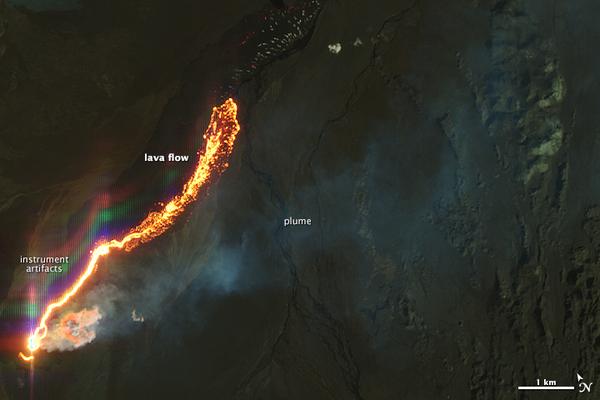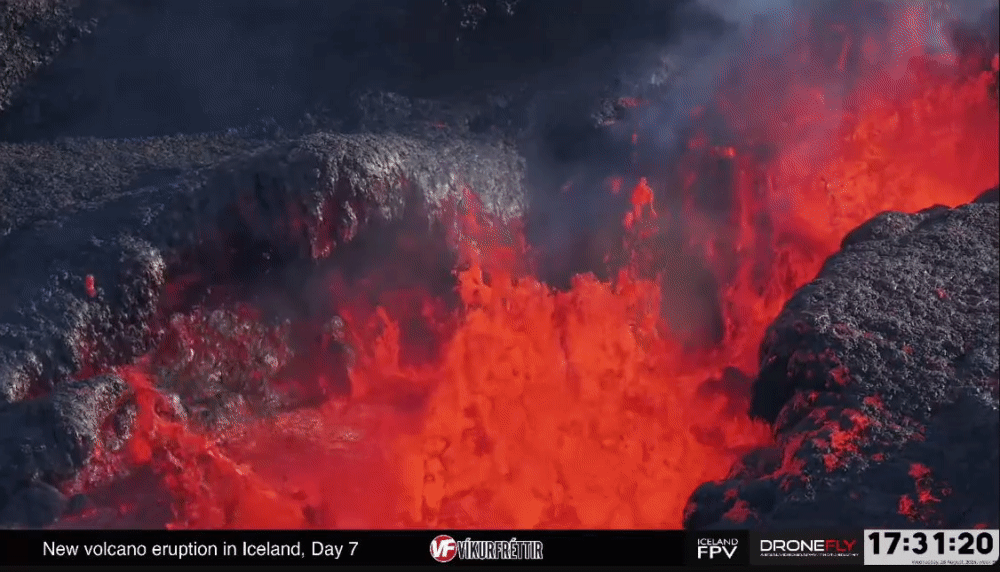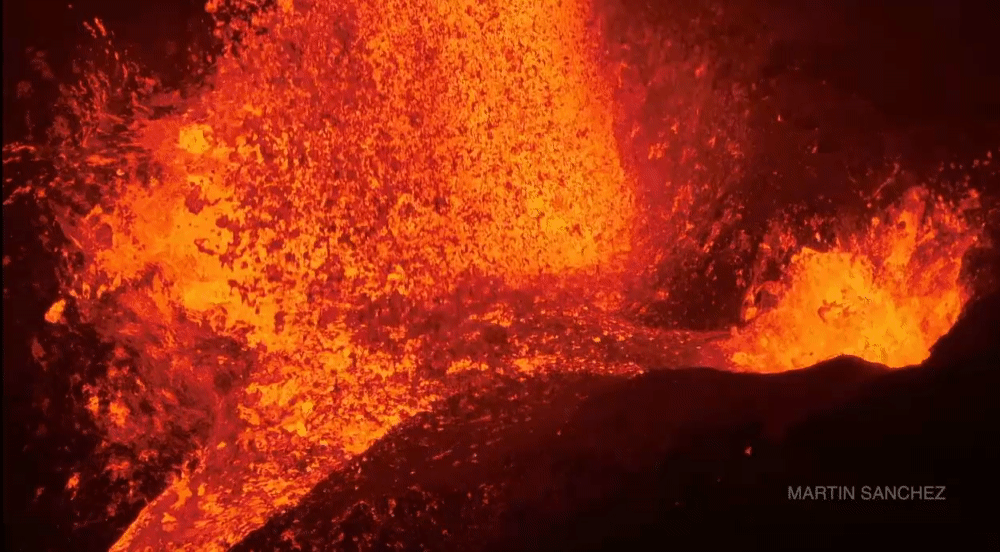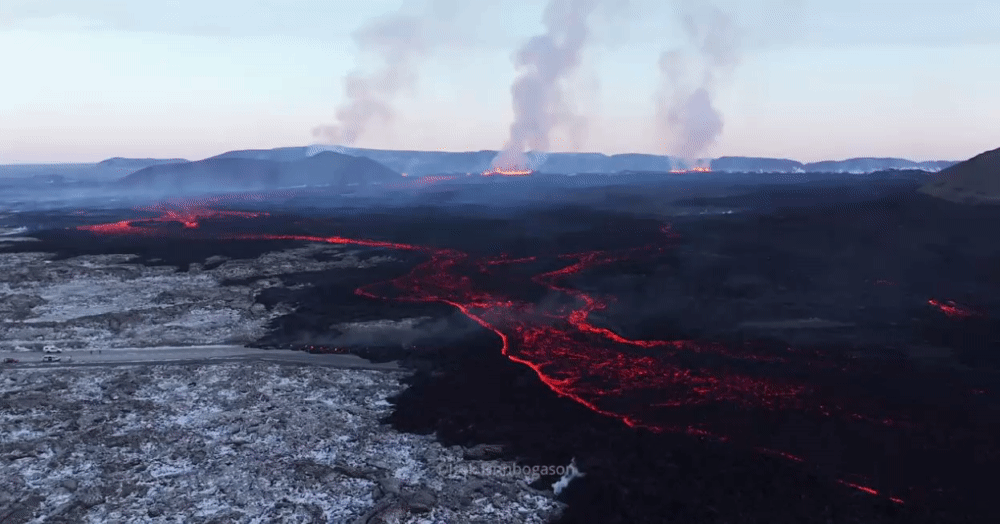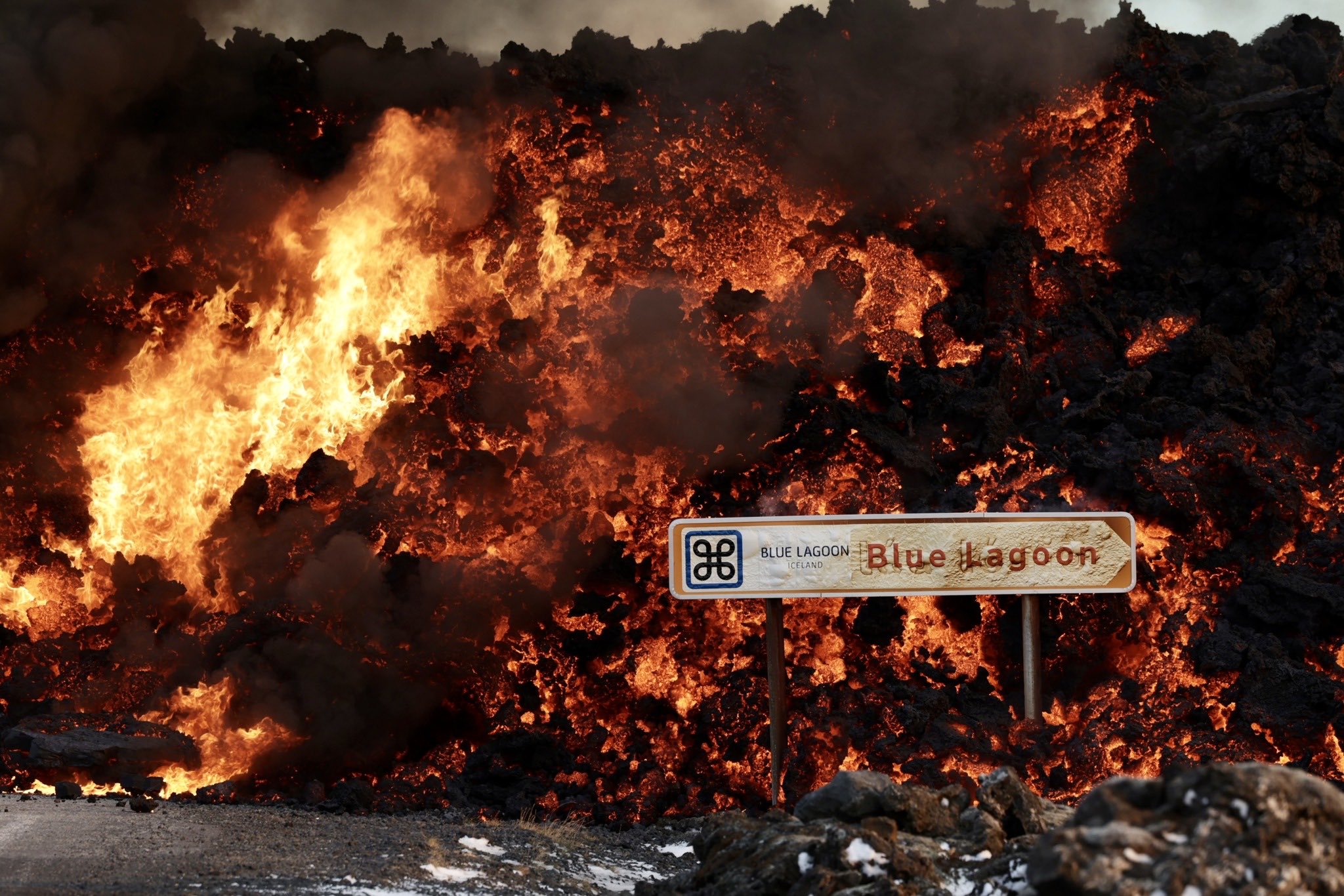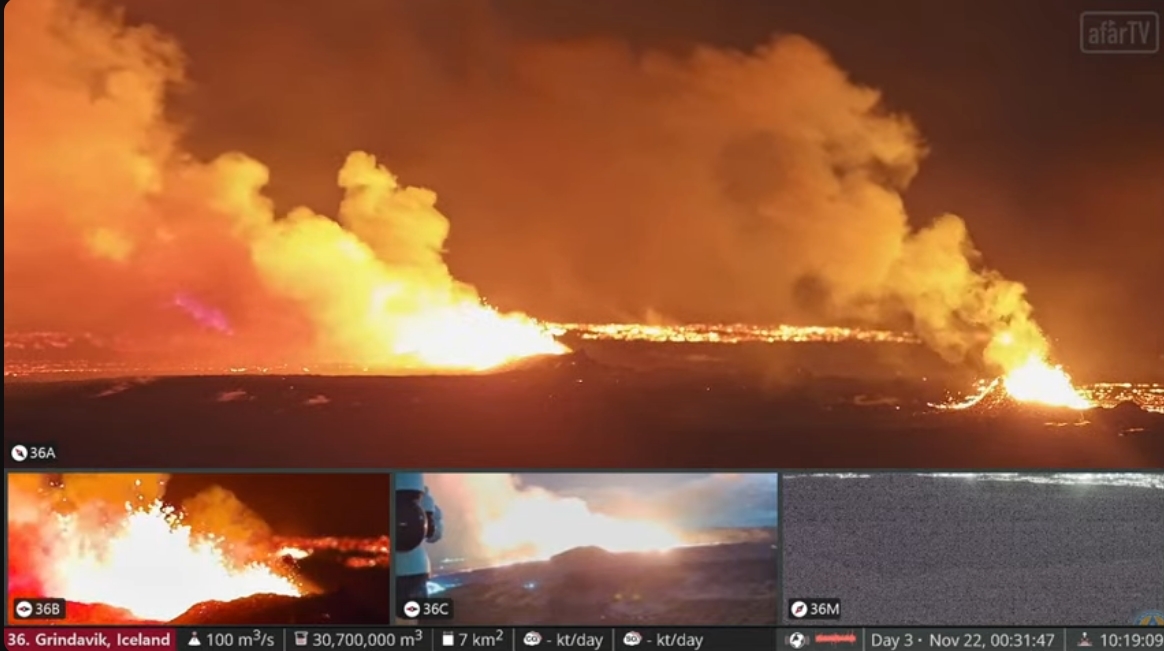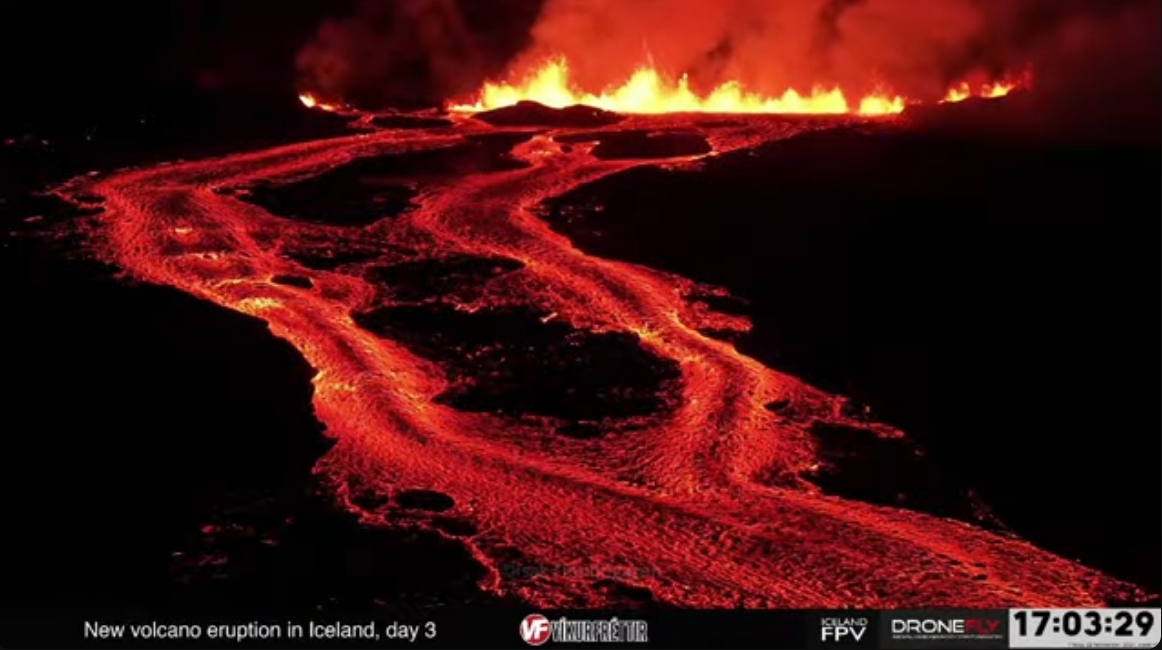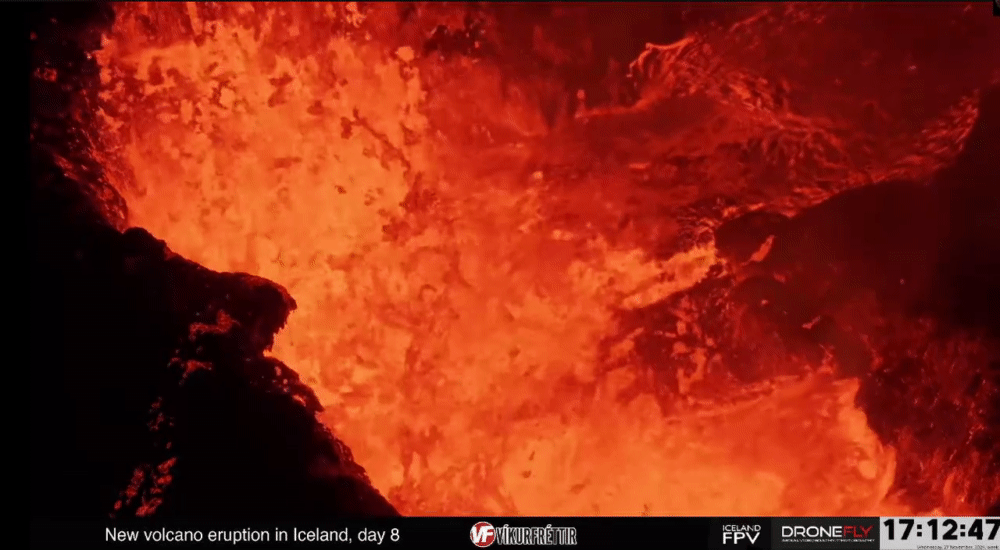WKN Weer, Klimaat en Natuurrampen
Lees alles over het onstuimige weer op onze planeet, volg orkanen en tornado's, zie hoe vulkanen uitbarsten en hoe Moeder Aarde beeft bij een aardbeving. Alles over de verwoestende kracht van onze planeet en tal van andere natuurverschijnselen.



informatie:
http://en.vedur.is/earthquakes-and-volcanism/earthquakes/
http://nl.wikipedia.org/wiki/Gr%C3%ADmsv%C3%B6tn
http://www.jonfr.com/volcano/
http://www.barthokriek.nl/ondertiteling/lijsten/vulkanologie.htm
Metingen & Bevingen
Aardbevingen IJsland
http://hraun.vedur.is/ja/vatnajokulsvoktun/grf_trem.html
http://hraun.vedur.is/ja/englishweb/tremor.html
Metingsoverzicht per gebied
Waar zitten de bevingen - 3D view
De verzakking van de Bardarbunga caldera
Bevingen over het eiland heen
Meeste meet gegevens die hier boven staan op 1 pagina verzameld
Interactief kaartje met o.a. bevingen. (druk op de knop layers en kies earthquakes)
3D Aardbevingsmap
Live Aardbevingsmap
Nieuws:
http://www.ijsland-enzo.nl/index.asp
http://www.icenews.is/
http://icelandreview.com/
http://www.luchtvaartnieuws.nl/
https://www.ruv.is/fretti(...)a-gasmaelinga-396985
Webcams:
http://www.livefromiceland.is/webcams/bardarbunga/
http://www.livefromiceland.is/webcams/bardarbunga-2/
https://www.ruv.is/frett/(...)svaedinu-borgarfjall
https://www.visir.is/g/20(...)-i-beinni-utsendingu
https://www.vf.is/frettir/keilir-i-beinni-utsendingu-vikurfretta
Relevante en wellicht interessante topics:
WKN / Adembenemend Noorderlicht #3
WKN / [Vulkanen] The Ring of Fire #8: Het rommelt en borrelt
WKN / Aardbevingen #22
28 aug 2024:


quote:Sulfur dioxide emissions from volcanic eruption in Iceland reach Europe
Sulfur dioxide (SO2) emissions produced by the new eruption in Reykjanes Peninsula, Iceland have reached Europe. The forecast and measured SO2 concentrations are currently below the recommended exposure threshold with no major impact on air quality and health.
This year’s sixth eruption in Reykjanes Peninsula began on August 22, producing significant SO2 emissions that crossed the North Atlantic and reached NW Europe on August 24, before moving further east.
According to Copernicus Atmosphere Monitoring Service (CAMS), satellite observations of the plume height indicate that the highest concentration is between 5 – 8 km (3 – 5 miles) in the atmosphere, but forecasts and surface measurement sites have also shown some increased concentrations of SO2 (up to 20 μg/m³) at ground level.
The forecasted and measured SO2 concentrations are below the recommended exposure threshold of 350 μg/m³ set by EU air quality standards and are not expected to have significant impacts on air quality or health.
“The Reykjanes Peninsula has been experiencing increased volcanic activity and eruptions, resulting in large plumes of sulfur dioxide in the atmosphere,” said CAMS Senior Scientist Mark Parrington.
“In CAMS, near-real-time satellite observations of the plumes allow us to track the SO2 in the atmosphere and analyze the possible impacts on air quality. The emissions from this episode have not been severe enough to significantly impact global atmospheric processes or human health, but documenting and monitoring each episode is important.”
According to the Icelandic Met Office (IMO) report issued on August 26, all data suggest that this eruption is the largest in the area since the unrest period began in the autumn of 2023.


Het lijkt minder maar intussen hebben we daar wel een vulkaan staan die in een 10 dagen is gevormd .. geen idee hoe hoog , maar er was niets in den beginne


Highlights Isak gisteren ...
Later vloog ie ook nog voor Geoloog Shawn Willsey die de boel daar bestudeert en zelf Geologie lessen op YT zet
Later vloog ie ook nog voor Geoloog Shawn Willsey die de boel daar bestudeert en zelf Geologie lessen op YT zet


Dan ben je toch echt goed gestoord.quote:Op donderdag 5 september 2024 19:51 schreef chufi het volgende:
Het einde van de uitbarsting lijkt in zicht ..
Hadden we deze al gezien?
Hij zakt er nog doorheen ook


Wat een teringdebiel......quote:Op donderdag 5 september 2024 19:51 schreef chufi het volgende:
Het einde van de uitbarsting lijkt in zicht ..
Hadden we deze al gezien?
Op maandag 9 oktober 2023 13:31 schreef Nova het volgende:[/b]
Oh schatje, wat lief van je om dat te zeggen! Jij bent echt een prins op het witte paard voor mij. Met jou voel ik me zo geliefd en speciaal. Laten we nog lang samen genieten van sprookjesachtige avonturen en elkaar verwennen met veel knuffels en kusjes. O+ naar jou, mijn lieve prins! :*
Oh schatje, wat lief van je om dat te zeggen! Jij bent echt een prins op het witte paard voor mij. Met jou voel ik me zo geliefd en speciaal. Laten we nog lang samen genieten van sprookjesachtige avonturen en elkaar verwennen met veel knuffels en kusjes. O+ naar jou, mijn lieve prins! :*


quote:False alarm as volcano prepares to rumble
In the early morning of November 4, a series of earthquakes were recorded between Stóra Skógfell and Sýlingarfell on the Reykjanes Peninsula. The Met Office’s alert responses were partially activated due to a possible magma intrusion. Most of the activity blew over in 30 minutes, after which the Met Office concluded there was no cause for concern, RÚV reports.
In conversation with Vísir, the Met Office’s natural disaster specialist Salóme Jórunn Bernharðsdóttir claimed area’s magma levels were not sufficient enough to start an eruption. However, they are growing closer to the limit.
On October 29, the Met Office published their estimation for an upcoming volcanic event. The office reported that a new eruption might be expected in Svartsengi at the end of November, due to the steadily growing levels and pace of ground uplift and pooling magma in the area


Bekijk deze YouTube-video
Lekker streampje van afgelopen nacht terugkijken met een dekentje of wat je ook wil met dit koude weer
Lekker streampje van afgelopen nacht terugkijken met een dekentje of wat je ook wil met dit koude weer
Als het niet met een hamer te repareren is, is het een elektrisch probleem.


Het is een flinke uitbarsting deze keer zo te zien. Zal ie wel sneller weer uitdoven
The rain of your insults does not reach the umbrella of my indifference


Toch weer verrassend.
Kleinere uitbarsting dan in augustus. Kan een paar dagen duren, maar ook weer weken.
Kleinere uitbarsting dan in augustus. Kan een paar dagen duren, maar ook weer weken.
Alleen in de menigte, een mes in mijn hand. Het bloed stroomt, ontsnapt uit diepe wonden, geslagen door het leven zelf.
Het leven eindigt wanneer de dood zijn werk heeft voltooid.
Het leven eindigt wanneer de dood zijn werk heeft voltooid.


Het dorpje in het noorden zou er in de toekomst ook mee te maken kunnen krijgen. 1500 inwoners.
Alleen in de menigte, een mes in mijn hand. Het bloed stroomt, ontsnapt uit diepe wonden, geslagen door het leven zelf.
Het leven eindigt wanneer de dood zijn werk heeft voltooid.
Het leven eindigt wanneer de dood zijn werk heeft voltooid.


Over 4 uur gaat Isak weer live met zijn drone.
Bekijk deze YouTube-video
Bekijk deze YouTube-video
My age is very
Inappropriate
for my behavior
Inappropriate
for my behavior


Blue Lagoon zelf niet in gevaar zo?quote:Op donderdag 21 november 2024 15:22 schreef Frutsel het volgende:
Blue Lagoon parkeerplaats gaat eraan...
[ x ]


Nog niet maar ja... zag net ook al een bericht dat de snelheid van deze voortstuwende lava anders was dan vorige kerenquote:Op donderdag 21 november 2024 15:57 schreef Momo het volgende:
[..]
Blue Lagoon zelf niet in gevaar zo?


Alleen in de menigte, een mes in mijn hand. Het bloed stroomt, ontsnapt uit diepe wonden, geslagen door het leven zelf.
Het leven eindigt wanneer de dood zijn werk heeft voltooid.
Het leven eindigt wanneer de dood zijn werk heeft voltooid.


Zonder die dijk was er nu geen Blue Lagoon meer geweest denk ik.
Alleen in de menigte, een mes in mijn hand. Het bloed stroomt, ontsnapt uit diepe wonden, geslagen door het leven zelf.
Het leven eindigt wanneer de dood zijn werk heeft voltooid.
Het leven eindigt wanneer de dood zijn werk heeft voltooid.


De weg is weg idd.
Alleen in de menigte, een mes in mijn hand. Het bloed stroomt, ontsnapt uit diepe wonden, geslagen door het leven zelf.
Het leven eindigt wanneer de dood zijn werk heeft voltooid.
Het leven eindigt wanneer de dood zijn werk heeft voltooid.


Eerst gaat ie zn verloren drone zoeken..
Daarvoor een drone vlucht met geoloog Shawn Willsey om 14:45
Bekijk deze YouTube-video
Daarvoor een drone vlucht met geoloog Shawn Willsey om 14:45
Bekijk deze YouTube-video


Ik zet hem net aan...
Alleen in de menigte, een mes in mijn hand. Het bloed stroomt, ontsnapt uit diepe wonden, geslagen door het leven zelf.
Het leven eindigt wanneer de dood zijn werk heeft voltooid.
Het leven eindigt wanneer de dood zijn werk heeft voltooid.


Is nog één live trouwens, maar die is slecht te verstaan.
Alleen in de menigte, een mes in mijn hand. Het bloed stroomt, ontsnapt uit diepe wonden, geslagen door het leven zelf.
Het leven eindigt wanneer de dood zijn werk heeft voltooid.
Het leven eindigt wanneer de dood zijn werk heeft voltooid.


Ja AfarTV zag al in de planning staanquote:Op zaterdag 23 november 2024 18:18 schreef 444 het volgende:
Is nog één live trouwens, maar die is slecht te verstaan.
Bekijk deze YouTube-video


quote:Volcanic pollution rising as eruption continues at Reykjanes Peninsula, Iceland
The levels of sulfur dioxide (SO2) are rising in the vicinity of Grindavik due to the ongoing volcanic eruption on the Reykjanes Peninsula, Iceland. The gas pollution has reached unhealthy levels, as reported by the Icelandic Meteorological Office (IMO).
Volcanic activity near Grindavik has not decreased as quickly as it did in previous eruptions, IMO reported at 15:45 UTC on November 25, 2024.
“Since yesterday in the early evening [LT], volcanic tremor and visible activity from the eruption have further diminished, but the activity stabilized again after midnight. Nevertheless, the eruption remains quite powerful, and the activity has not decreased as quickly as it had in previous eruptions in the Sundhnúkur crater row. For comparison, the current lava flow is estimated to be on par with the most vigorous eruptions at Fagradalsfjall,” IMO volcanologists said.
Volcanic activity remains strong with the lava volume estimated at 43 million m3 (0.010 mi3), as of Saturday, November 23 — three days into the eruption. It covered an area of about 8.5 km2 (3.28 mi2), which is around 65% of the amount produced in the last eruption which lasted 14 days.
Land continues to subside in Svartsengi, though at a slower rate compared to what was observed at the start of the eruption.
“It is still too early to determine whether magma accumulation will persist under Svartsengi. The flow of lava from eruptive vents needs to decrease further before any conclusions can be made about continued magma accumulation,” IMO said.
Today, wind directions are shifting and becoming variable, meaning volcanic pollution could spread to the surrounding areas in the southwestern part of the country.
Authorities deployed 12 water cannons, to stop the advancing lava flows, on the L3 defense wall on November 24. These were being used to cool a 360 m (1 181 feet) section of lava that threatens the Svartsengu geothermal facility and the Njarðvikuraeð hot water pipeline which are crucial for the Suðurnes region.
The initial testing of the cooling process was successful and operations have begun with 6 eastern cannons. The remaining units are scheduled to follow with the process expected to take several days.
|
|

